Search
Remove Ads
Advertisement
Search Results
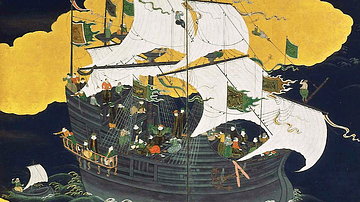
Definition
Portuguese Nagasaki
Nagasaki, on the northwest coast of Japan’s Kyushu Island, was an important Portuguese trading base from c. 1571 to 1639, and the most eastern outpost of the Portuguese empire. The Portuguese presence transformed Nagasaki from a small fishing...
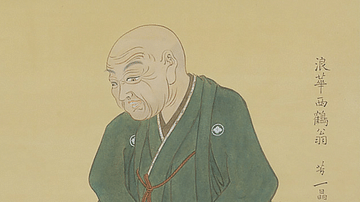
Definition
Ihara Saikaku
Ihara Saikaku (1642-1693) was a Japanese poet and novelist who played a leading role in creating the so-called ‘floating world’ (ukiyo-zoshi) genre of popular literature in the 17th century. His work was significant because, in terms of both...
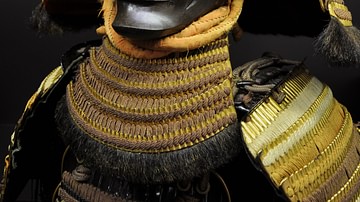
Definition
Sengoku Period
The Sengoku Period (Sengoku Jidai, 1467-1568 CE), also known as the Warring States Period, was a turbulent and violent period of Japanese history when rival warlords or daimyo fought bitterly for control of Japan. The period falls within...
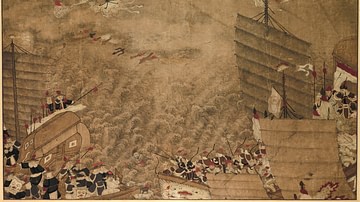
Definition
Wako - The Medieval Pirates of Southeast Asia
Wako (aka wokou and waegu) is a term used to refer to Japanese (but also including Chinese, Korean, and Portuguese) pirates who plagued the seas of East Asia from Korea to Indonesia, especially between the 13th and 17th centuries CE. Besides...

Image
Sutra Case from Heian Period Japan
This sutra case was excavated at Hatogamine in Kyoto, Japan. It is made of gilt bronze and dates to the 1116 CE, which was during the Heian period in Japanese history. (Tokyo National Museum)
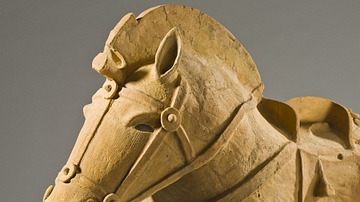
Definition
Haniwa
Haniwa are the unglazed terracotta rings, cylinders, and figures of people, animals, and houses which were deposited at Japanese tombs during the Kofun and Asuka Periods (c. 250-710 CE). The exact purpose of these offerings is not known...
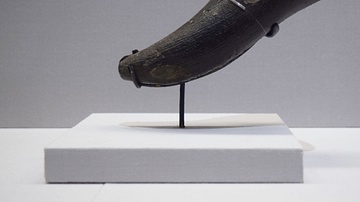
Image
Horn-shaped Vessel from Japan
This ancient horn-shaped vessle was excavated at Shishuzuka Tumulus, which is located in Mihamacho, Fukui prefecture, Japan. It dates from the 6th century CE, during the Kofun period. (Tokyo National Museum)
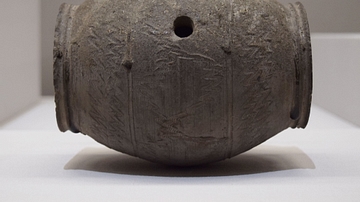
Image
Keg-Shaped Pot from Japan
This keg-shaped pot with an opening for pouring was excavated at Enomachi, in Fukuoka prefecture, Japan. It dates from the 6th century CE or during the Kofun period. Note the curious "wave-like" designs, which might function as decor. (Tokyo...
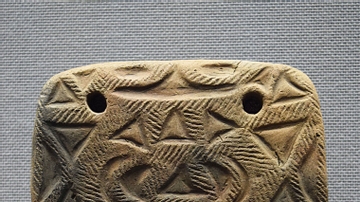
Image
Doban Clay Tablet from Japan
This doban or clay tablet is from the Fukuda Shell Mound in what is present-day Ibaraki prefecture, Japan. It dates from the Jomon period, between 1000-400 BCE. Important cultural property. (Tokyo National Museum)

Image
Agata Shrine in Uji, Japan
The Agata were tribal units under the reign of the Yamato court (c. 300-650 CE), which held sway over western Japan. Particularly in the Nara and Kyoto areas, the agata played important political and ceremonial roles. The name of the Agata...